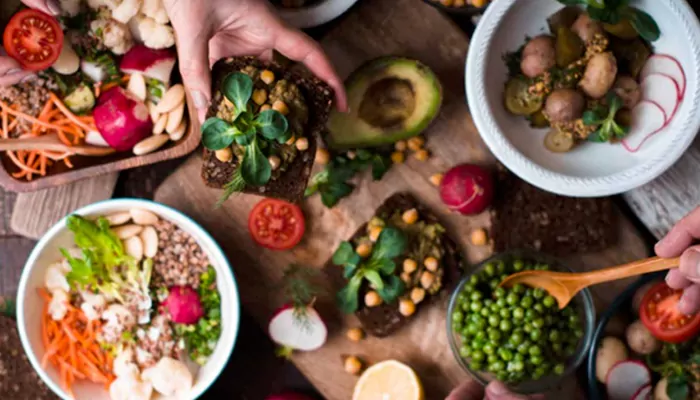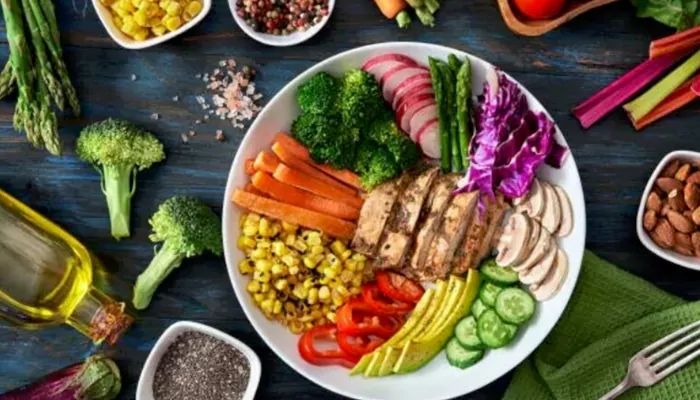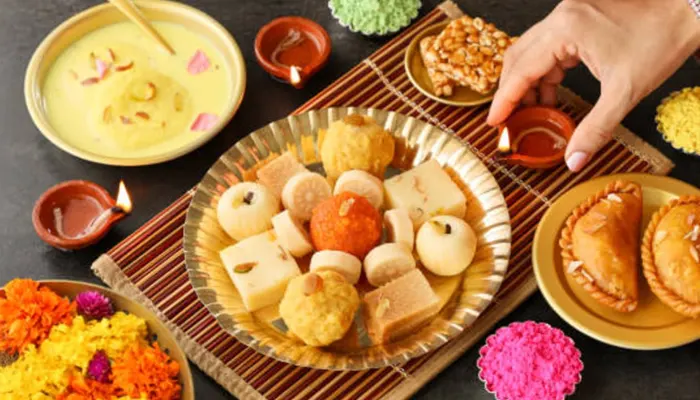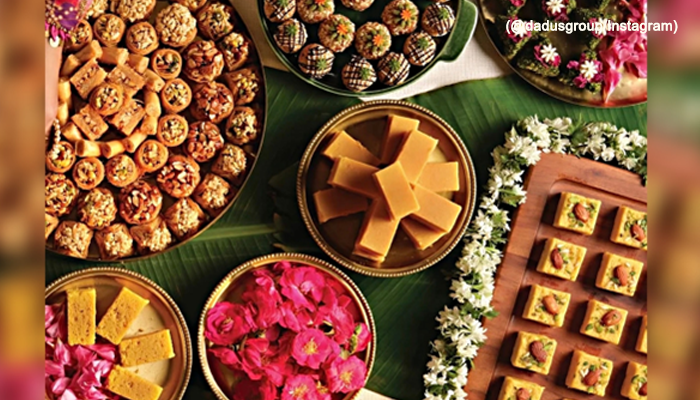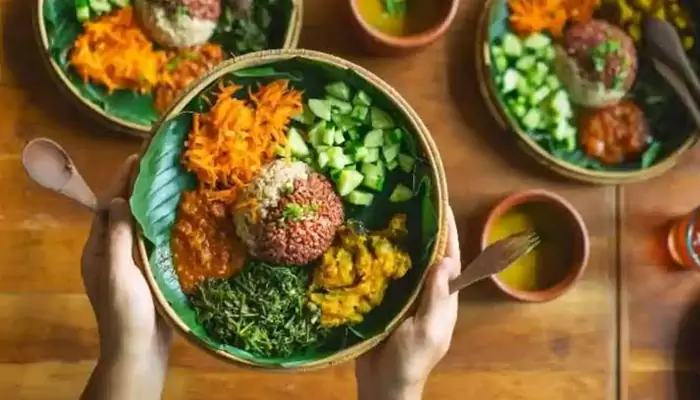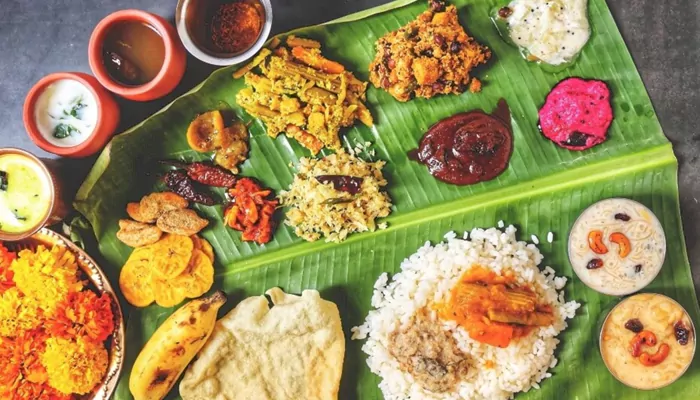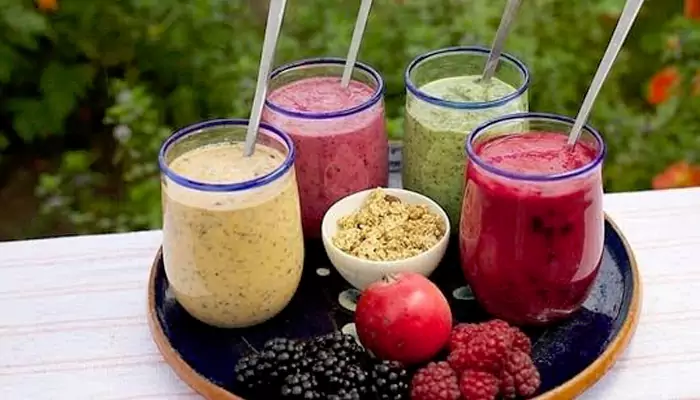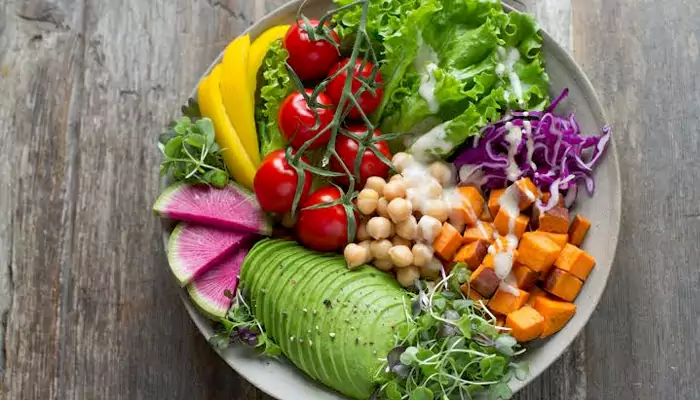
When we think about the basic tastes that define our culinary experiences, sweet, sour, salty, and bitter come to mind almost immediately.
However, there's a fifth taste that's been captivating chefs and food enthusiasts alike – umami. Derived from the Japanese word for "pleasant savoury taste," umami is a fundamental flavour that adds depth and richness to dishes, transforming ordinary meals into extraordinary culinary experiences. But what exactly is umami, and how does it enhance flavour in cooking?
All about Umami
Umami was identified as a distinct taste in 1908 by Japanese chemist Kikunae Ikeda, who pinpointed the flavour in seaweed broth. He discovered that the key compound responsible for this taste was glutamate, an amino acid. Umami is often described as a savoury flavour that lingers on the palate, providing a sense of fullness and satisfaction. It's the taste that makes broths, aged cheeses, mushrooms, and soy sauce so irresistible.
The Science Behind Umami
At the molecular level, umami is triggered by the presence of glutamate, inosinate, and guanylate. These compounds are naturally found in various foods, including vegetables and dairy products. When these molecules bind to specific receptors on our taste buds, they send signals to our brain, which we perceive as umami.
Umami is unique because it doesn't just provide a single, identifiable taste. Instead, it enhances the overall flavour profile of a dish by interacting with the other basic tastes. This synergy can make sweet foods taste sweeter, salty foods taste saltier, and so on. It's this ability to enhance and balance flavours that makes umami so special and sought after in cooking.
Umami in Everyday Ingredients
Many everyday ingredients are rich in umami, and incorporating them into your cooking can elevate your dishes to new heights. Here are some common umami-rich foods and how they can be used:
Tomatoes
Fresh tomatoes, especially when sun-dried or cooked down into a sauce, have high levels of glutamate. A simple tomato sauce can be transformed into a flavour powerhouse by slow-cooking to concentrate its umami.
Mushrooms
Varieties like shiitake, porcini, and morel are particularly rich in umami. Adding dried mushrooms to soups, stews, or sauces can intensify their savoury depth.
Aged Cheese
Parmesan, cheddar, and other aged cheeses are packed with umami. Grating a small amount over pasta, salads, or vegetables can dramatically boost flavour.
Soy Sauce
A staple in many Asian cuisines, soy sauce is a concentrated source of umami. It's perfect for marinades, stir-fries, and as a finishing touch to soups and sauces.
Seaweed
Used in Japanese cooking, seaweed is another excellent source of umami. Dashi, a traditional Japanese broth, uses kombu (a type of seaweed) to provide a rich, savoury base.
Fermented Foods
Foods like miso, kimchi, and sauerkraut are not only rich in umami but also add complexity through their fermentation process. Incorporate them into dishes for a burst of flavour.
Enhancing Umami in Cooking
To harness the power of umami in your cooking, consider these techniques and tips:
Slow Cooking
Simmering ingredients like vegetables over low heat for extended periods can release and concentrate their umami flavours. Think of hearty stews, rich broths, and slow-cooked sauces.
Combining Umami-Rich Ingredients
Using multiple umami-rich ingredients in a single dish can create a synergistic effect, amplifying the overall flavour. For instance, a tomato-based sauce with anchovies and Parmesan cheese will be bursting with umami.
Layering Flavours
Build layers of umami by incorporating different sources at various stages of cooking. Start with a base of sautéed onions and mushrooms, add a splash of soy sauce, and finish with a sprinkle of grated cheese.
Fermentation and Aging
Embrace the power of fermentation and aging to naturally develop umami. Making your own kimchi, pickles, or aged cheeses can be a rewarding way to explore these complex flavours.
Umami is more than just a taste; it's a culinary phenomenon that enhances and balances flavours, making food more delicious and satisfying. By understanding and incorporating umami-rich ingredients and techniques into your cooking, you can elevate your dishes to new heights. Whether you're a seasoned chef or a home cook, embracing the power of umami will undoubtedly enrich your culinary repertoire.

